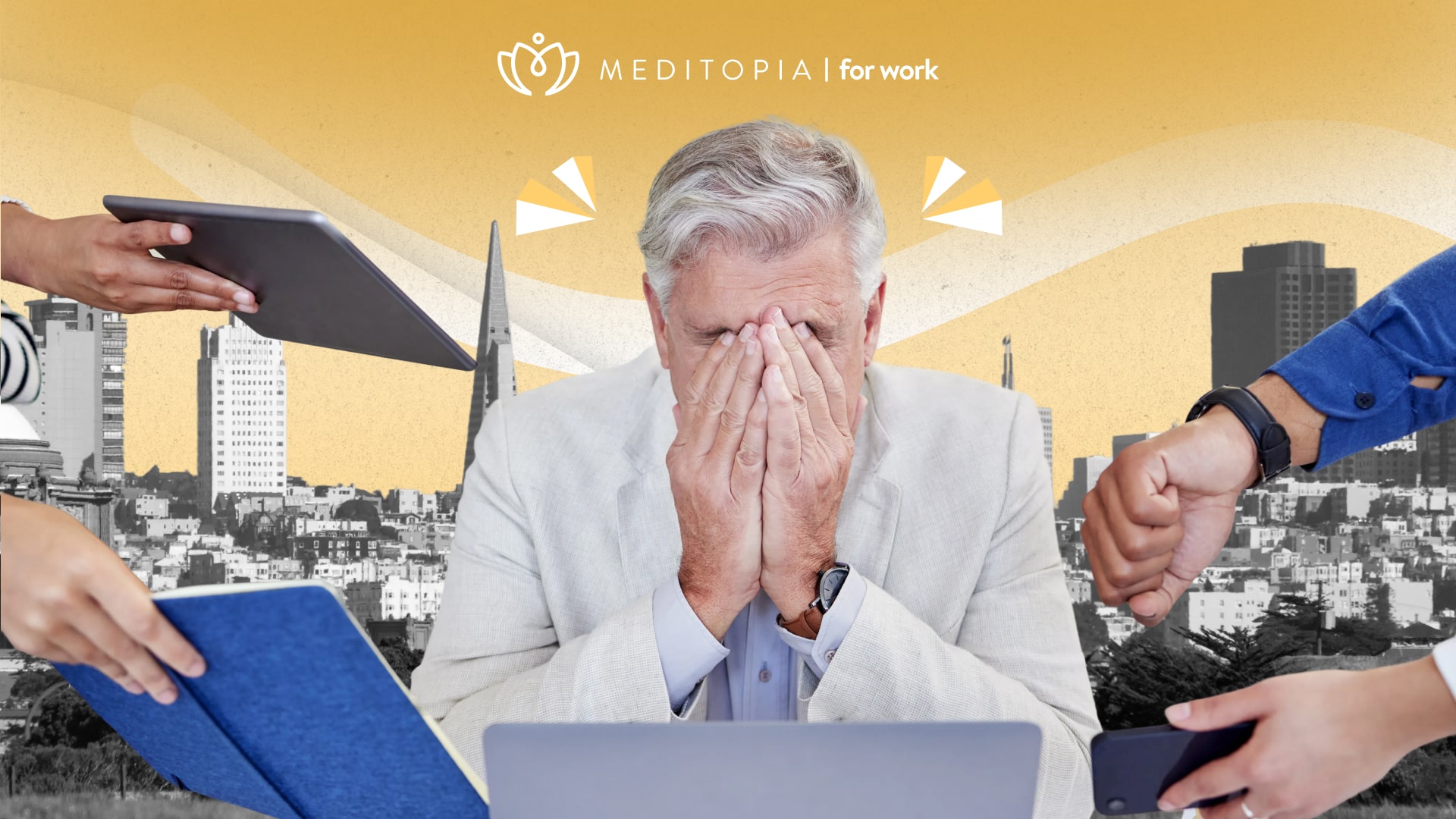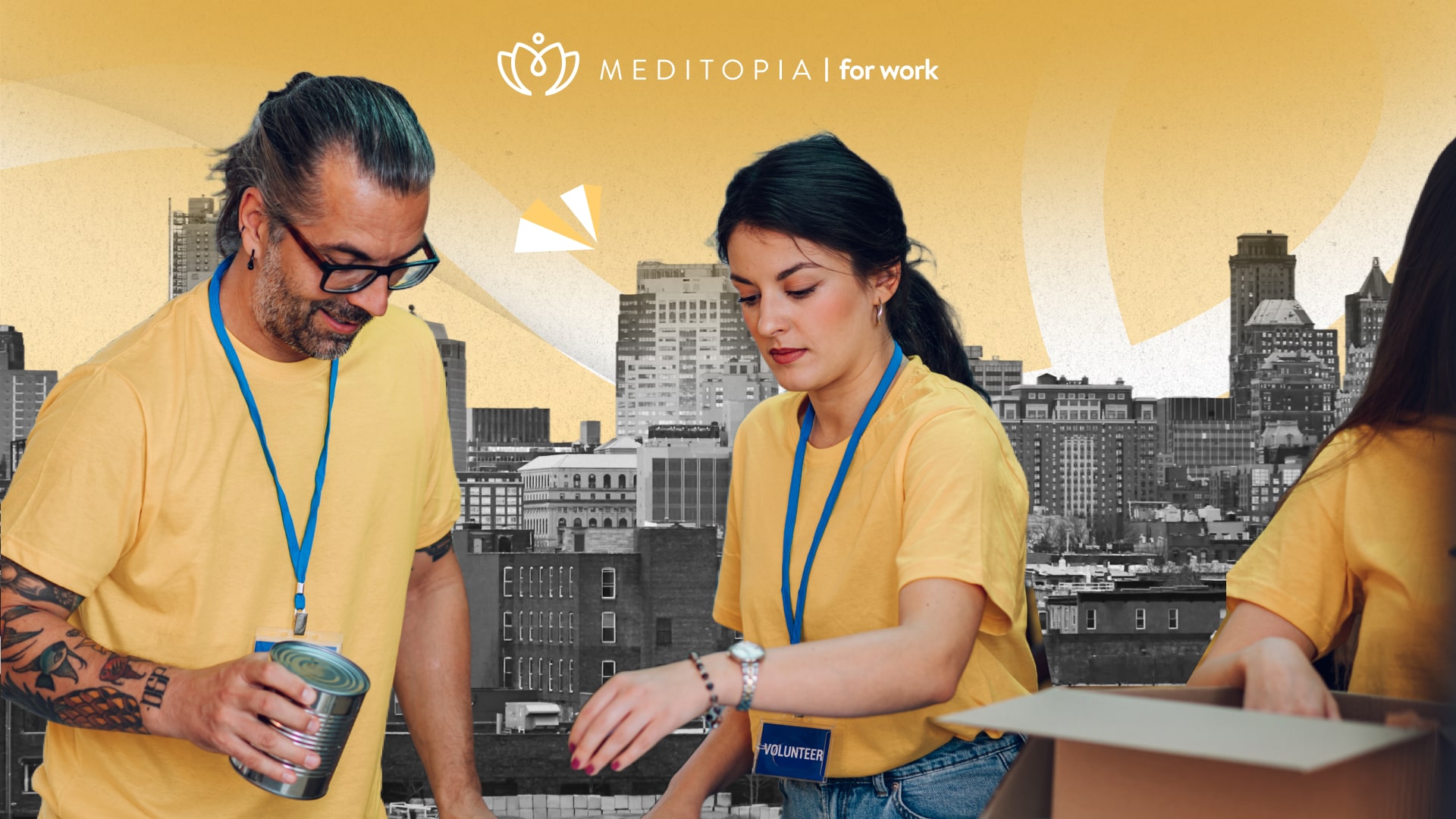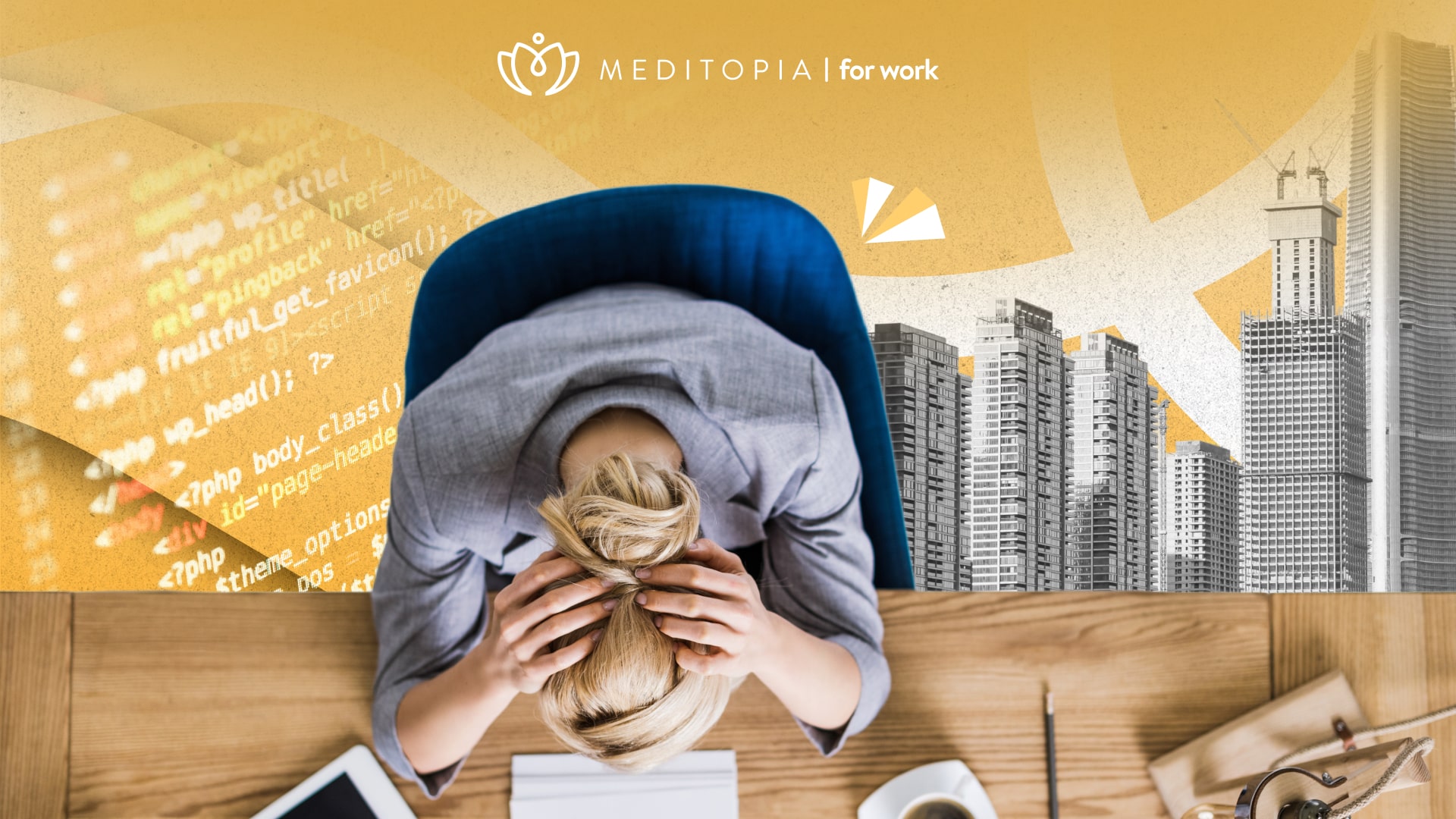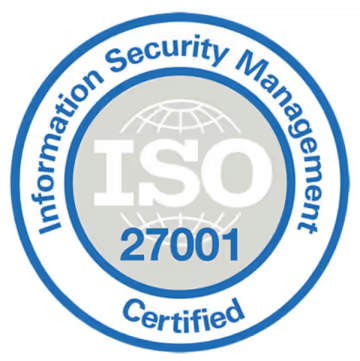Although 97% of large companies offer an EAP, actual employee usage rates often remain below 10% [1]. Let’s explore the key EAP issues and why they often fail to deliver meaningful support in modern workplaces.
The Disadvantages of Traditional EAPs
Traditional EAPs were designed decades ago, and many still operate with outdated models that don’t reflect current employee behaviors or needs. Here are some of the most critical EAP limitations you should be aware of:
- Low Employee Engagement: Even when EAPs are available, most employees don’t use them. The lack of awareness and limited promotion often means services go unnoticed or misunderstood, plus the lack of personalization and multiple languages also diminish the interest of employees.
- Limited Counseling Sessions: Many programs cap support at just 3 to 5 sessions per issue, which is rarely enough for employees experiencing prolonged mental health challenges like anxiety, depression, or ADHD.
- Outdated Access Methods: Having to call a hotline or email to book an appointment creates unnecessary friction and leads to a poor user experience.
- Lack of Customization: Traditional EAPs don’t cater to the diverse mental health needs across generations, cultures, or remote teams, a critical lack of personalization that limits effectiveness.
- Mental Health Stigma & Confidentiality Concerns: This stigma still heavily impacts usage rates, particularly in conservative or high-pressure industries.
- Inadequate Crisis Support: EAPs are typically not equipped to handle acute crises or provide long-term mental health care, resulting in employees being referred elsewhere after a few sessions.
These EAP concerns show why so many programs struggle to make an impact, even when offered for free. Up next, we’ll look at real-world feedback from both employers and employees to dig deeper into the practical challenges companies face when implementing traditional EAPs.

Real EAP Issues Reported by Employers and Employees
While EAPs were designed to support employee wellbeing, many employers report they’re not seeing the return on investment they expected, and employees often don’t find the services helpful or accessible.
Here are some of the most common concerns voiced by both groups:
- “We offer it, but no one uses it.”: Many HR leaders cite low employee engagement as the top issue. Even with widespread availability, usage rates often remain under 5%, raising questions about why EAPs are ineffective for the modern workforce.
- “I don’t trust it’s really confidential.”: Confidentiality concerns are a key reason employees avoid using EAPs. Many fear stigma or negative repercussions at work, particularly in competitive or conservative industries.
- “It’s too generic—I didn’t feel understood.”: Employees frequently report that EAP services lack depth or relevance. Limited sessions, outdated formats, and one-size-fits-all approaches often fail to meet diverse and complex mental health needs. This is why Meditopia works so much on personalization and gamification.
- “It doesn’t fit my schedule.”: In a world of hybrid and remote work, many EAPs still require phone calls during office hours or in-person appointments, creating major accessibility barriers and contributing to poor user experience.
These insights show why many employee assistance programs struggle to deliver value for today’s workforce. In the next section, we’ll weigh both the pros and cons to help HR teams assess if their current EAP model is still serving its purpose.

Pros and Cons of EAPs: A Balanced View
In this section, we offer a balanced overview of both the strengths and limitations of traditional EAPs, helping HR teams and decision-makers make more informed choices.
Why Traditional EAPs Struggle to Meet Today’s Workforce Needs
Today’s work landscape looks nothing like it did when Employee Assistance Programs were first introduced. From hybrid models and 24/7 schedules to generational shifts and rising mental health expectations, traditional EAPs are falling behind. Here’s why they often fail to support modern employee wellbeing:
- They’re not built for hybrid or remote teams. Traditional EAPs are typically designed around in-person or synchronous support. But with many companies now operating in hybrid or fully remote environments, employees need asynchronous care options like app-based messaging, flexible scheduling, and virtual coaching.
- Gen Z expects digital-first solutions: Younger employees are digital natives. They expect support platforms that are mobile, intuitive, and fast.
- Support ends too soon: Offering just 3 to 6 sessions isn’t enough to address ongoing anxiety, depression, or burnout.
- There’s no visibility into what’s working: HR leaders are often left in the dark. Many EAPs provide limited or no reporting, making it impossible to track engagement trends, satisfaction rates, or impact across teams.
- One-size-fits-all no longer works: From cultural backgrounds to job roles, employees bring different needs to the table. Without customized wellbeing support, engagement remains low and impact minimal.
What Alternatives Exist for Outdated EAP Models?
As the limitations of traditional EAPs become more evident, organizations are exploring modern, flexible approaches that better align with today’s work dynamics and employee expectations. These digital mental health solutions are designed to be more accessible, inclusive, and impactful.
Here are some of the most promising alternatives:
- Digital Mental Health Platforms
Platforms like Meditopia provide on-demand access to personalized resources, therapy, coaching, and well-being content via mobile apps—eliminating access barriers and allowing employees to get support when they actually need it. - Mental Health Coaching
Coaching helps employees build long-term emotional resilience and navigate stress, relationships, or burnout—especially helpful for high-performing teams and leadership roles. - Slack-Integrated or Microsoft Teams Check-Ins
Automated nudges, mood tracking, or simple check-ins integrated into daily workflows can help normalize emotional awareness and spark early intervention. - Self-Guided CBT Tools
Cognitive Behavioral Therapy (CBT)-based modules that employees can complete independently support mental health without requiring live sessions, offering flexibility and privacy. - Anonymous Peer Support Communities
Digital communities enable safe, stigma-free conversations with others facing similar challenges—often moderated by mental health professionals.


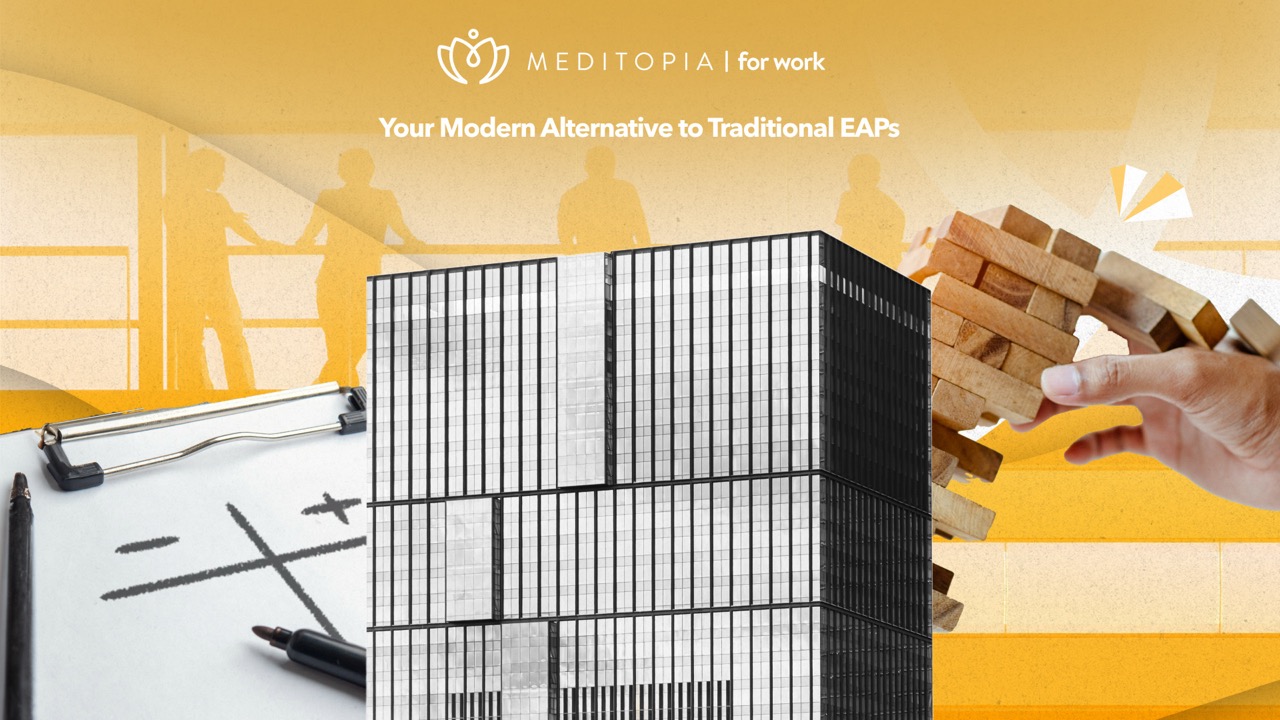




%2008.07.36_4ffe9739.jpg)
